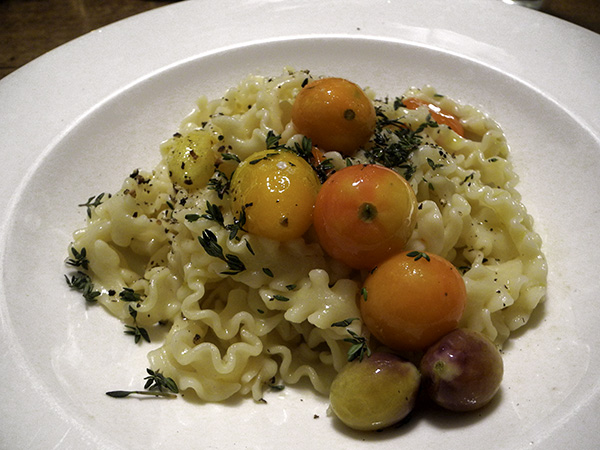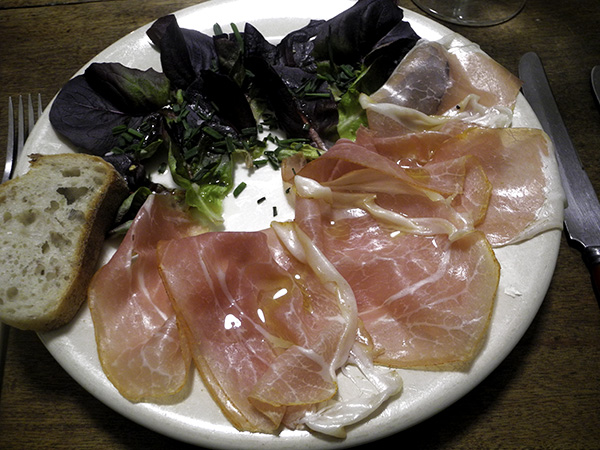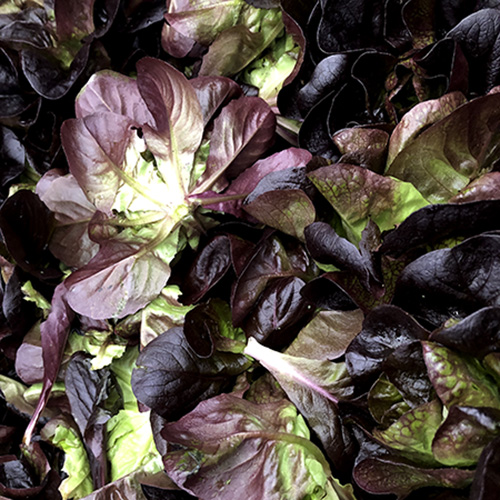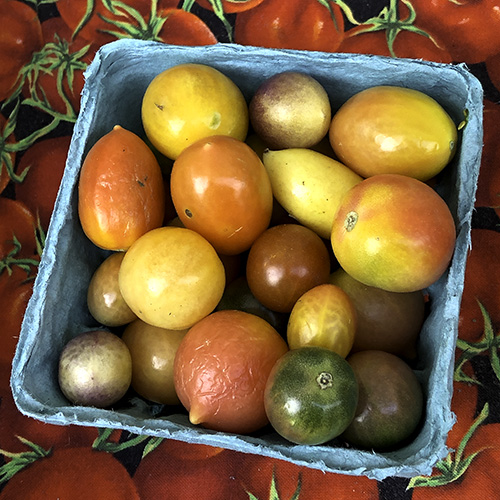
It was a very special dinner. It was Christmas, but it wasn’t a Christmas dinner.
Also, this was not a reindeer.
The special part was that it was the feast of winter, which goes by many names all over the world, but which is always observed at around the time of the winter solstice.
The featured guest was deer, red deer, and it came, not from anywhere near a real or fantasy north pole, but from New Zealand, arguably today the source of the highest-quality farmed venison This is at least partly attributable to a wholly temperate climate that allows deer to be raised on excellent pastures all year round (I’ve always thought of New Zealand as Scotland without the interesting complications, but definitely a welcoming environment for game, so long as you weren’t of the persuasion of the hunted).
Deer are not native to New Zealand; for that we have to thank nineteenth-century New Zealand settlers. In the 1850’s and 1860’s they imported eight different species, but mostly Red deer, releasing them into the wild for sport hunting. The animals thrived in the mild climate and the predator-free environment, and their numbers were soon causing severe damage to the native forests, so in the 1930s professional hunters were called in to reduce the population.
Decades later, or some fifty years ago, entrepreneurs began sharing the culled animals with Europe, where there had always been a big market for venison, and soon after that, with demand outpacing the supply, the first farms were established, many of them with huge open pastures, fenced – ironically, because of the history – from hunters.
The meat began to be marketed in the U.S. in 1975, and I think I’ve been cooking it almost since that time.
The excellent recipe I followed on December 25th comes from a feast held at the painter Marc Séguin’s farm in Hemmingford, Quebec, and described in the New York Times in 2008., but I did not include the carrots or the onions, since I had other plans for a vegetables accompaniment.
It may have been the best venison I have ever had.
Don’t be afraid of the generous maple syrup element, as once it’s combined with the other ingredients, and fully cooked, the sauce had gone way beyond its origins and become just a rich complex game sauce.
- a 35-ounce loin roast of New Zealand red deer (cervus elaphus) purchased from Frank, the brother who specializes in game at O. Ottomanelli’s & Sons on Bleecker Street in the Village, seasoned generously with sea salt and freshly ground black pepper, rubbed with a little olive oil and allowed to rest at room temperature while the oven was lit, its thermostat set for 400º, and a braising liquid prepared by combining in a medium saucepan 3/4 cup of David Marvin Vermont Family Heirloom Organic Maple Syrup, ‘Medium Amber Grade A’ (I donlt know where I purchased it or how long I’ve had it, but just opened it that day, and it’s wonderful), one cup of good chicken stock (I used low-sodium Better Than Bouillon chicken base, 5 sprigs of thyme (Uncle Vinny’s) from the West Side Market on 23rd Street, one bay leaf (also Uncle Vinny’s), 5 peppercorns, 1 large peeled clove of Keith’s Farm rocambole garlic, gently boiling the mix until it had reduced by half, a medium enameled cast iron roasting pan set over medium-high heat with one tablespoon of butter and, when hot, the small roast browned on all sides and transferred to a plate while the maple-stock reduction was transferred into that pan, the brown bits on the bottom of the pan scraped with a wooden spoon and the venison returned to the pan, meat-side up, its contents seasoned with salt, placed inside the oven and cooked for 10 minutes, basting with the liquid twice, the meat flipped and the roasting continued, continuing to baste, for maybe 10 to 20 minutes more, or until the roast was rare to medium rare, (otherwise, when an instant thermometer inserted in the center registered 130 degrees), and when done, transferred to a cutting board and allowed to rest for 10 minutes, while the sauce was strained into a saucepan and simmered until reduced to the desired thickness, the seasoning corrected with salt and pepper, and the venison separated into four sections by cutting through the chine and served with the sauce (there were leftovers)


quince chutney [not yet on the plate when it was photographed], mostly using this recipe, but substituting a mix of raisins for dried cherries, and candied slices of ginger for fresh ginger
- one 16-ounce celery root (or celeriac) from from Migliorelli Farm, scrubbed, peeled, and cut into the size and shape of potato frites, each about 1/4″ in cross section, tossed inside a bowl with olive oil, a half teaspoon of Safinter Pimenton de la Vera smoked picante paprika, sea salt, and a little freshly-ground black pepper, spread onto a large seasoned Pampered Chef unglazed ceramic pan, and roasted at 425º until brown and cooked through, or for about 30 to 35 minutes, removed to the plates, and sprinkled with chopped fresh thyme, again, from West Side Market
- one small Napa cabbage (probably Red Dragon), from Norwich Meadows Farm, washed, quartered, cored, sliced into one to one-half-inch ribbons, sautéed in a scant tablespoon of olive oil inside a medium heavy, tin-lined copper pot, stirring occasionally, until wilted but still crunchy, a little more than a teaspoon of toasted cumin seed mixed in, finished with half a teaspoon of Columela Rioja 30 Year Reserva sherry vinegar, the mix stirred and seasoned with sea salt and freshly-ground black pepper, cooked another couple of minutes
- the wine was a superb French (Northern Rhone) red, Benoit Roseau, Saint-Joseph Patagone, 2017 , from Flatiron Wines
- the music was the 2019 WKCR-FM Bachfestival, streaming
















